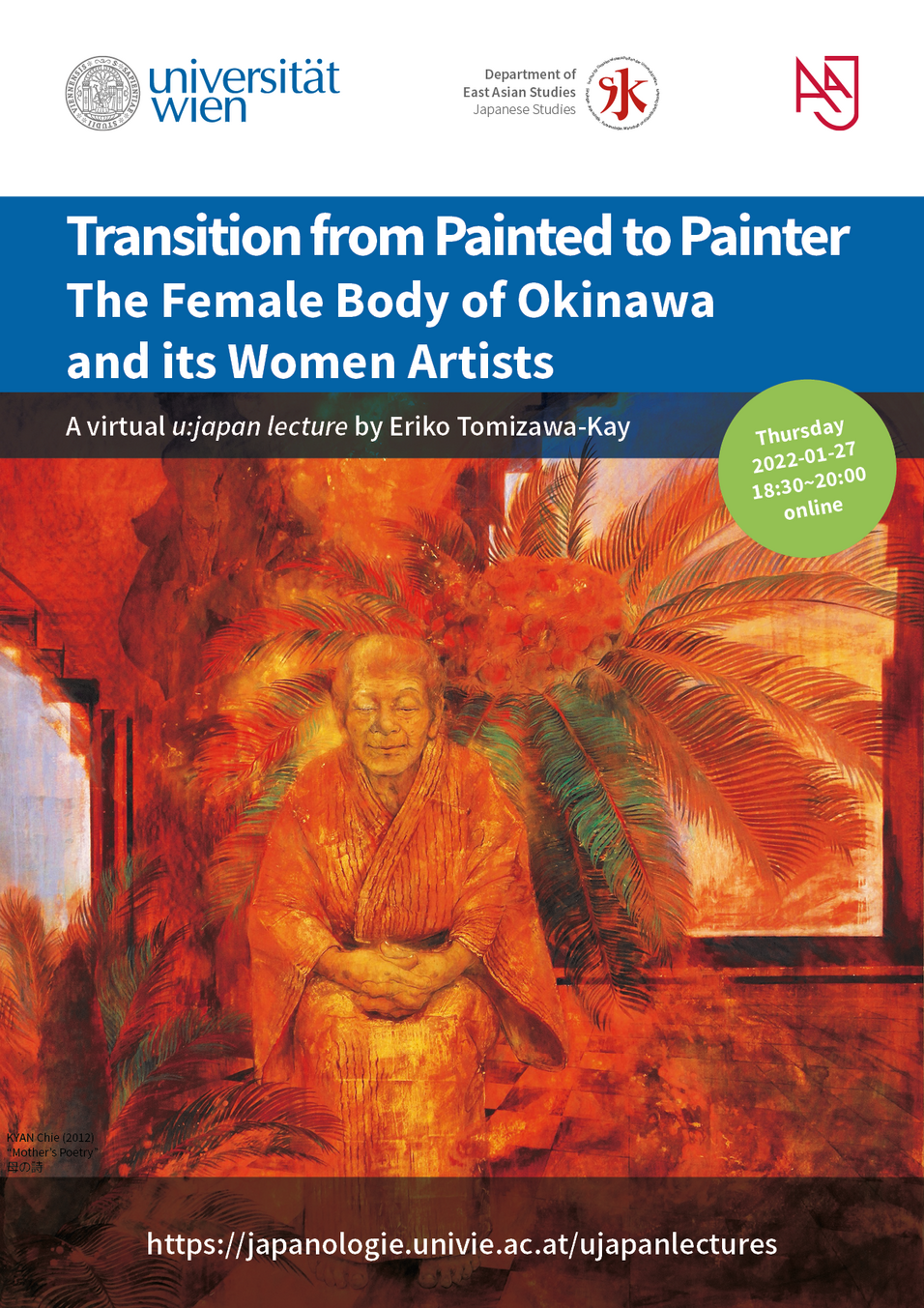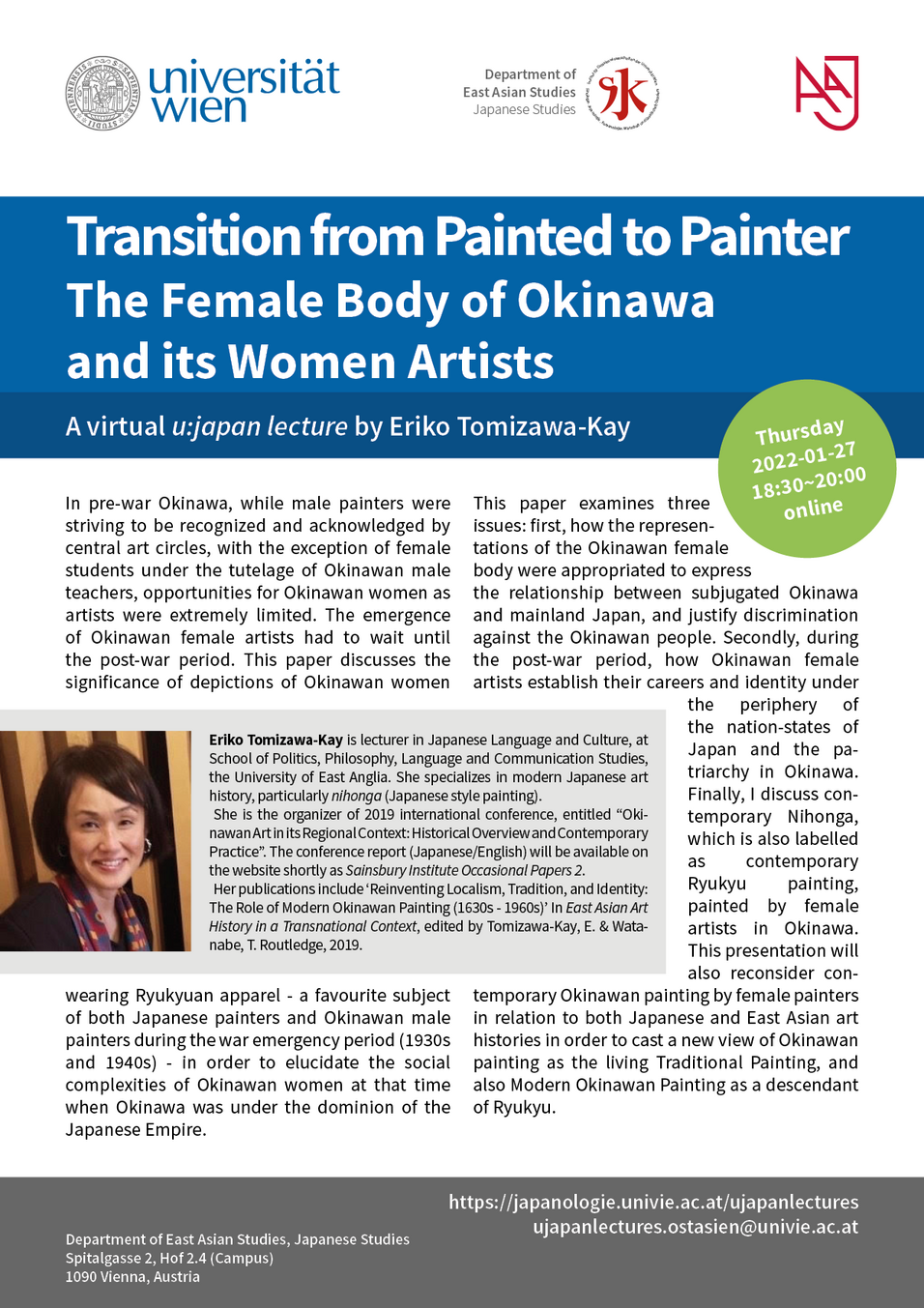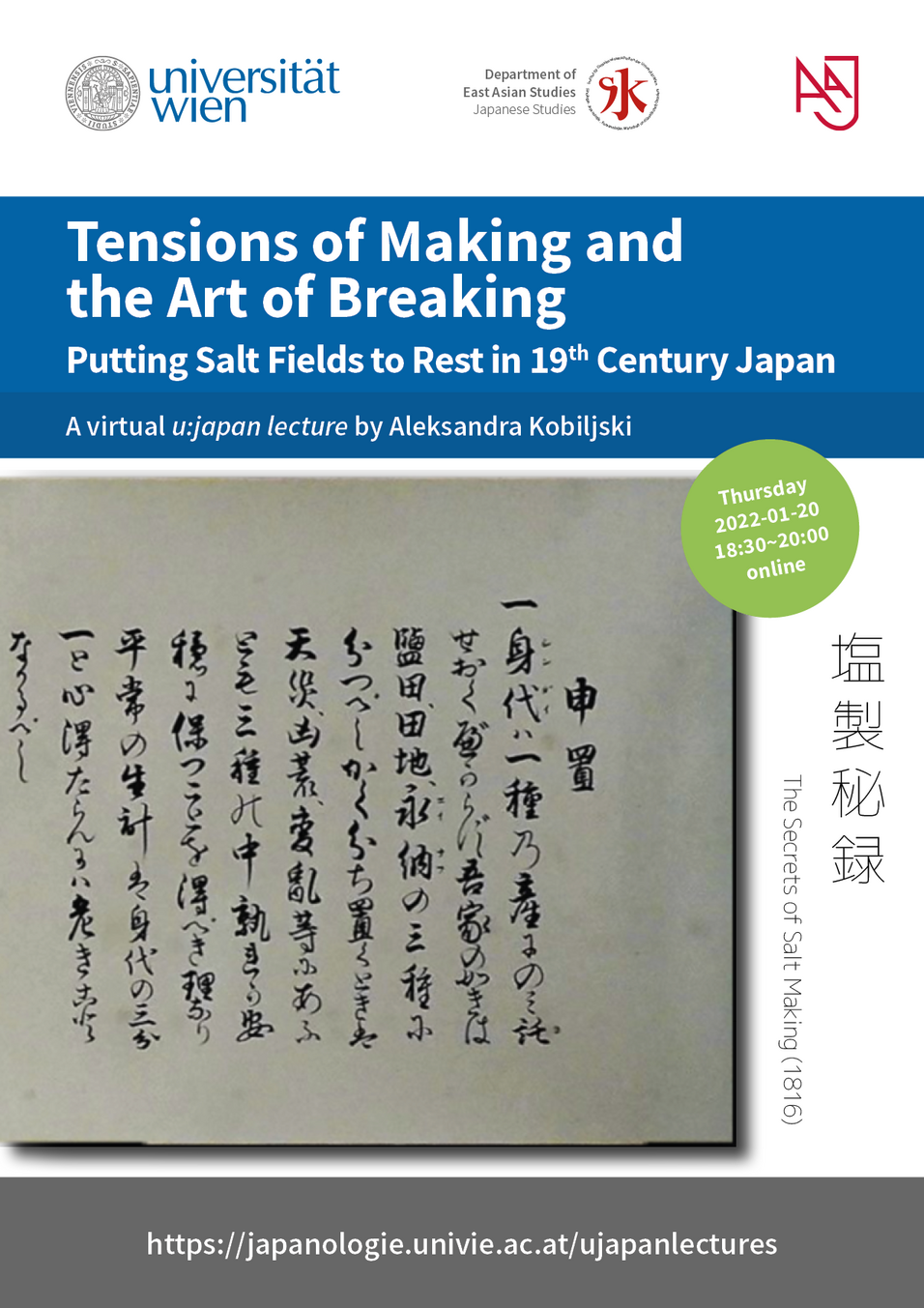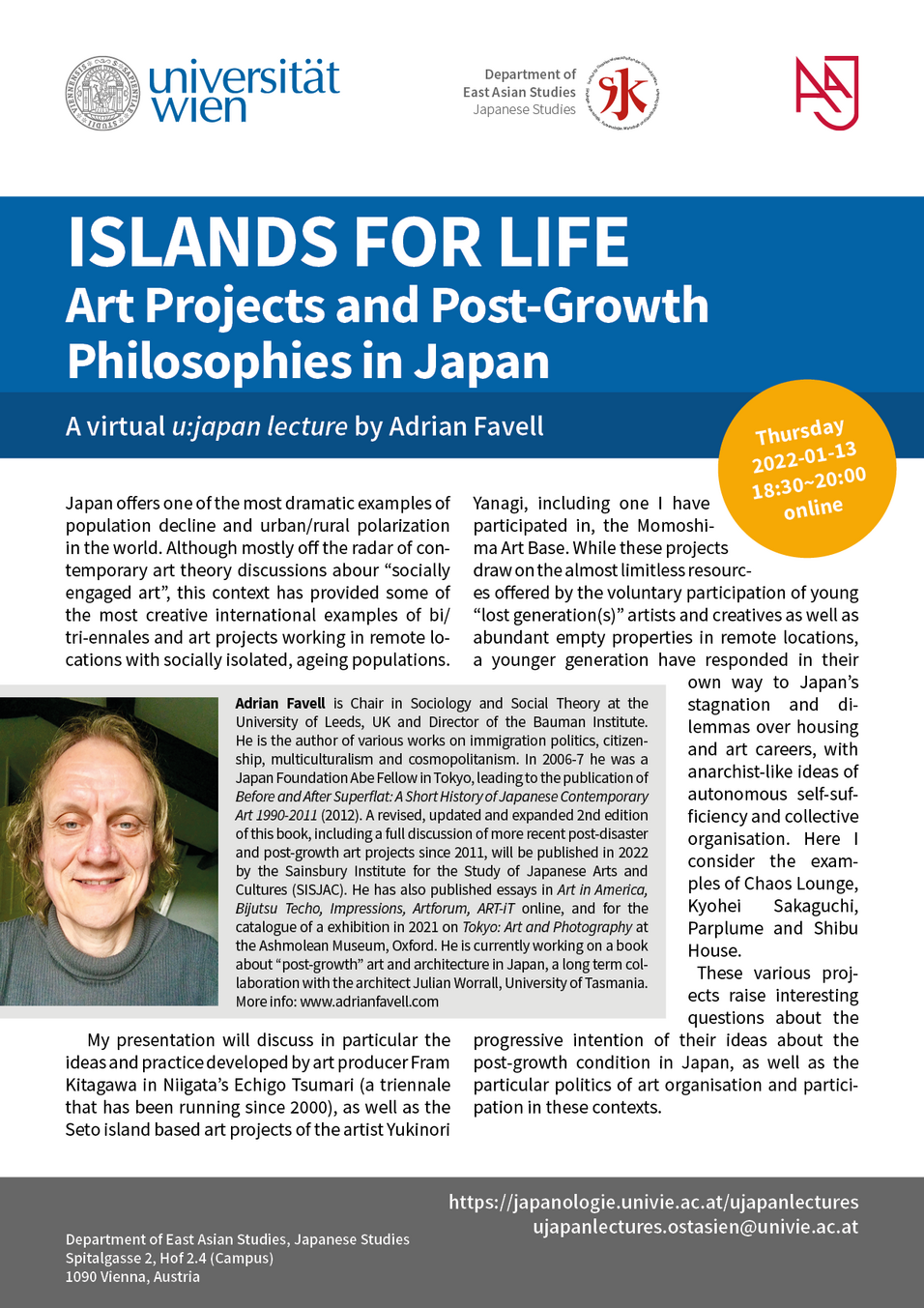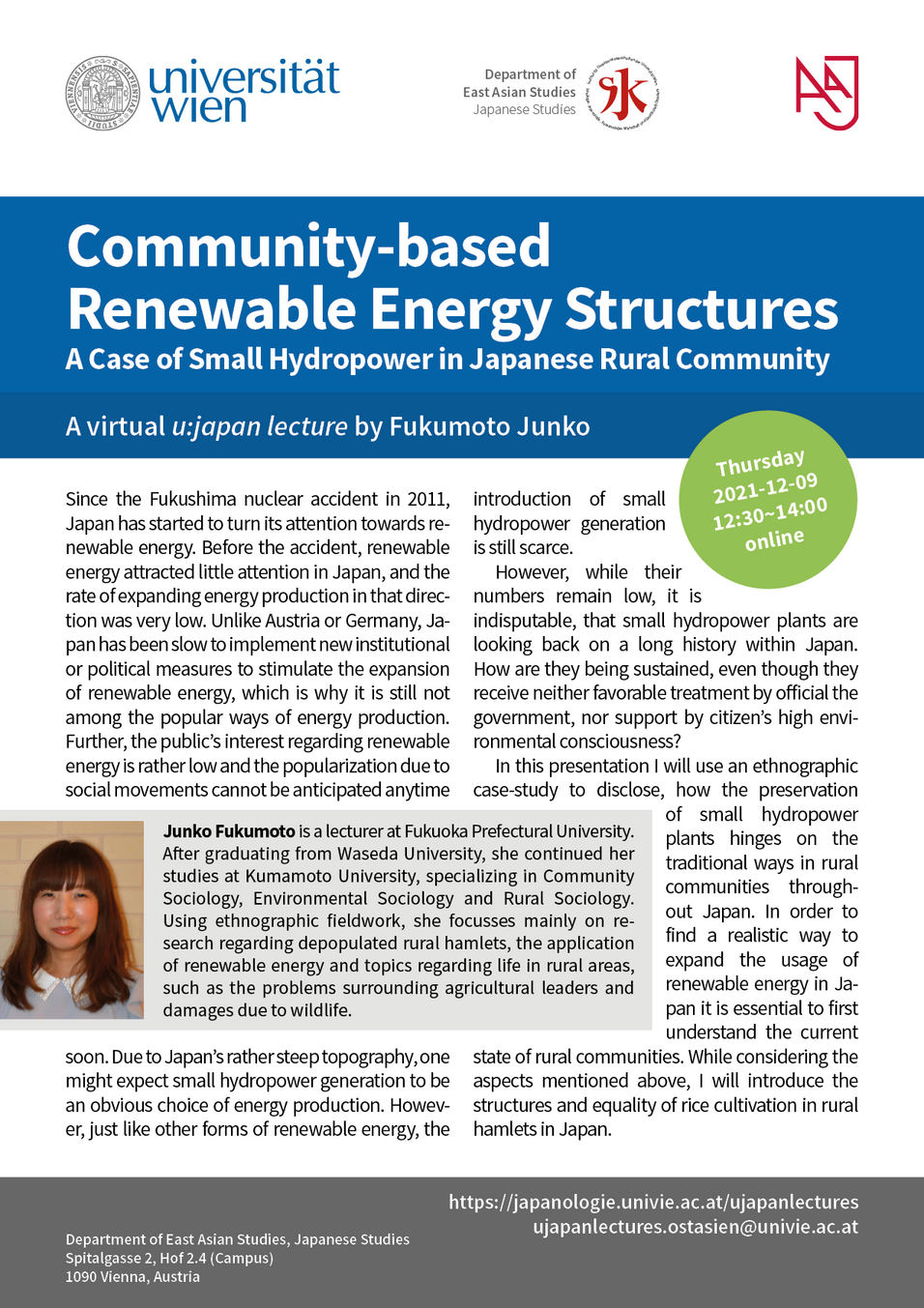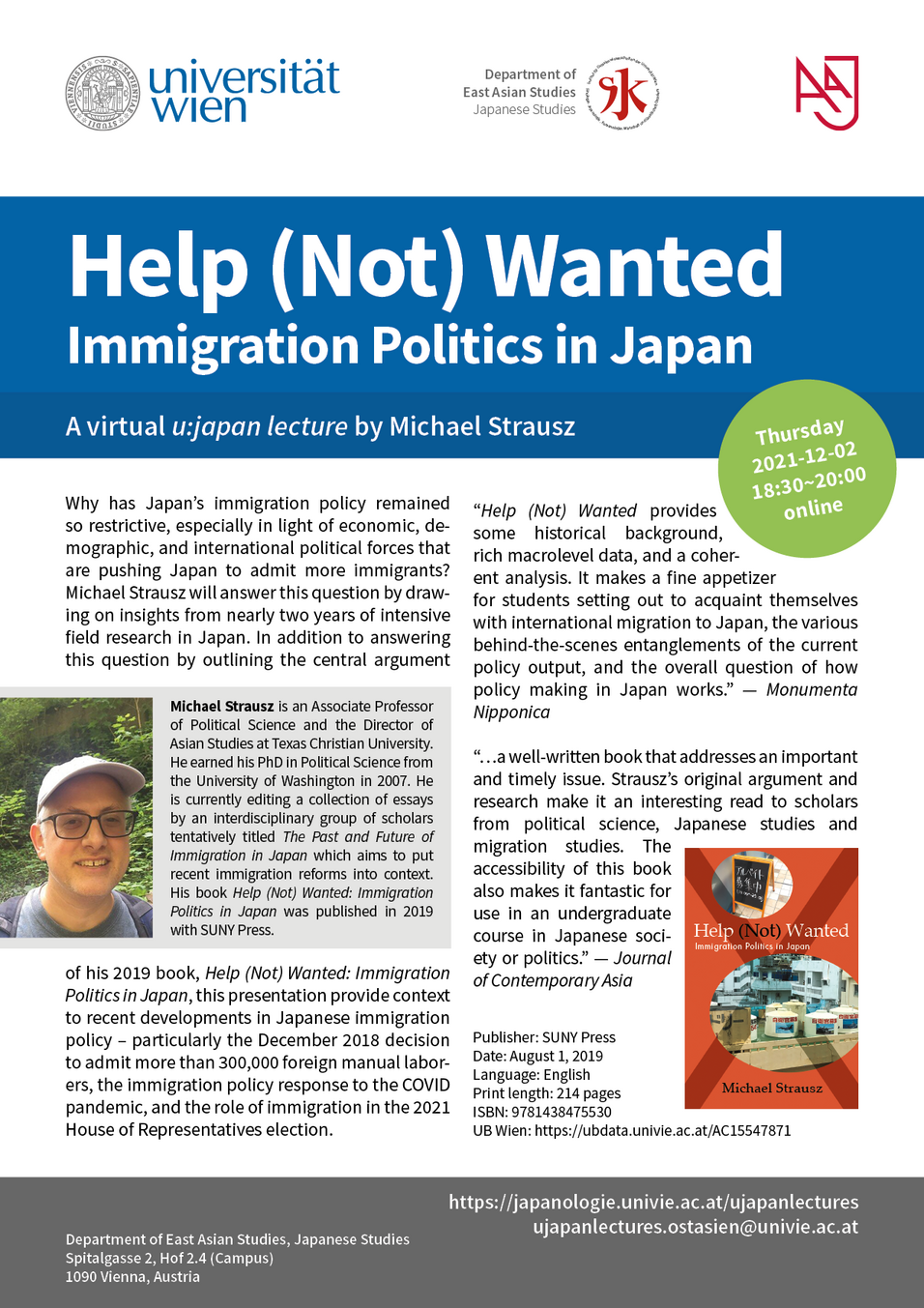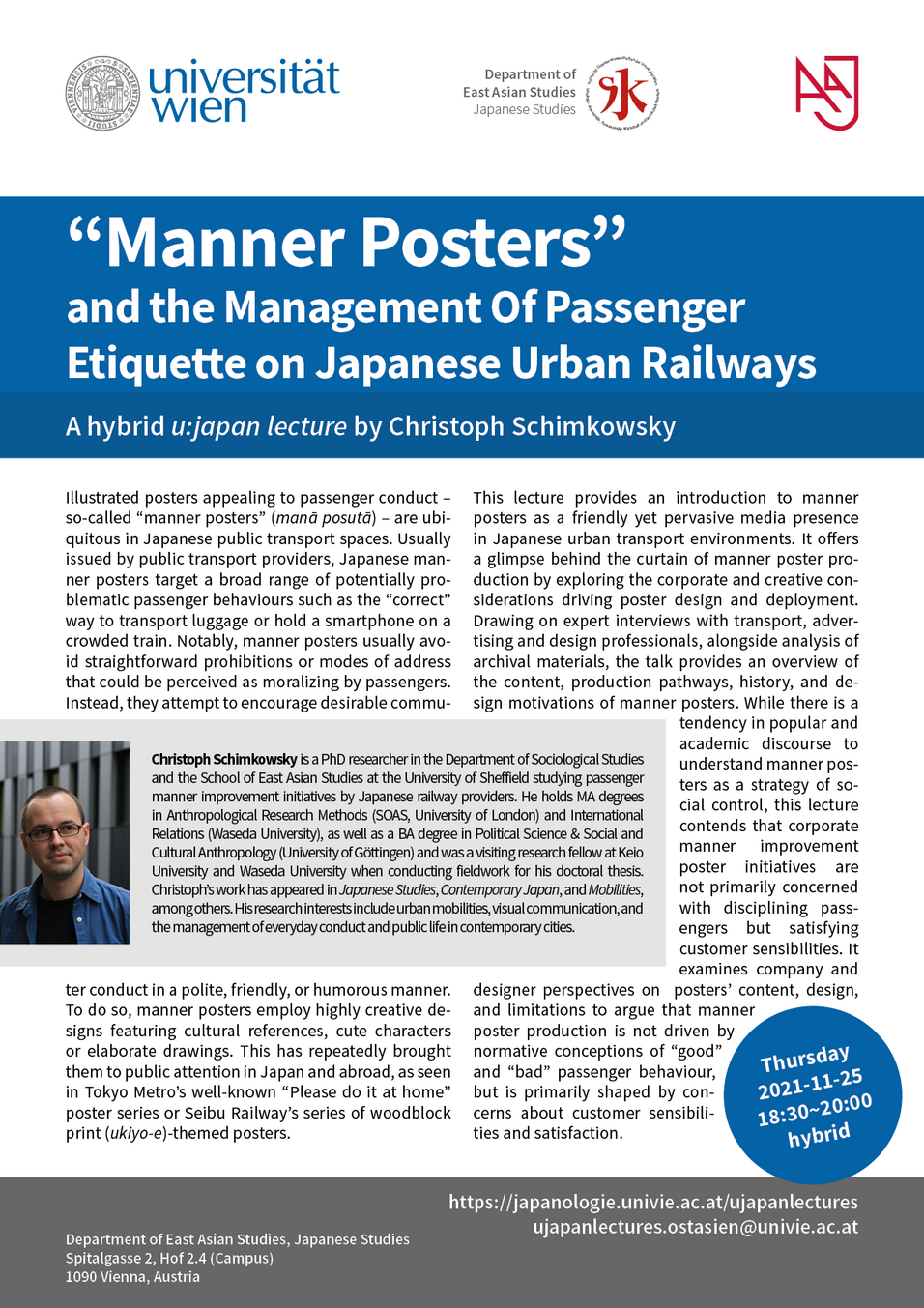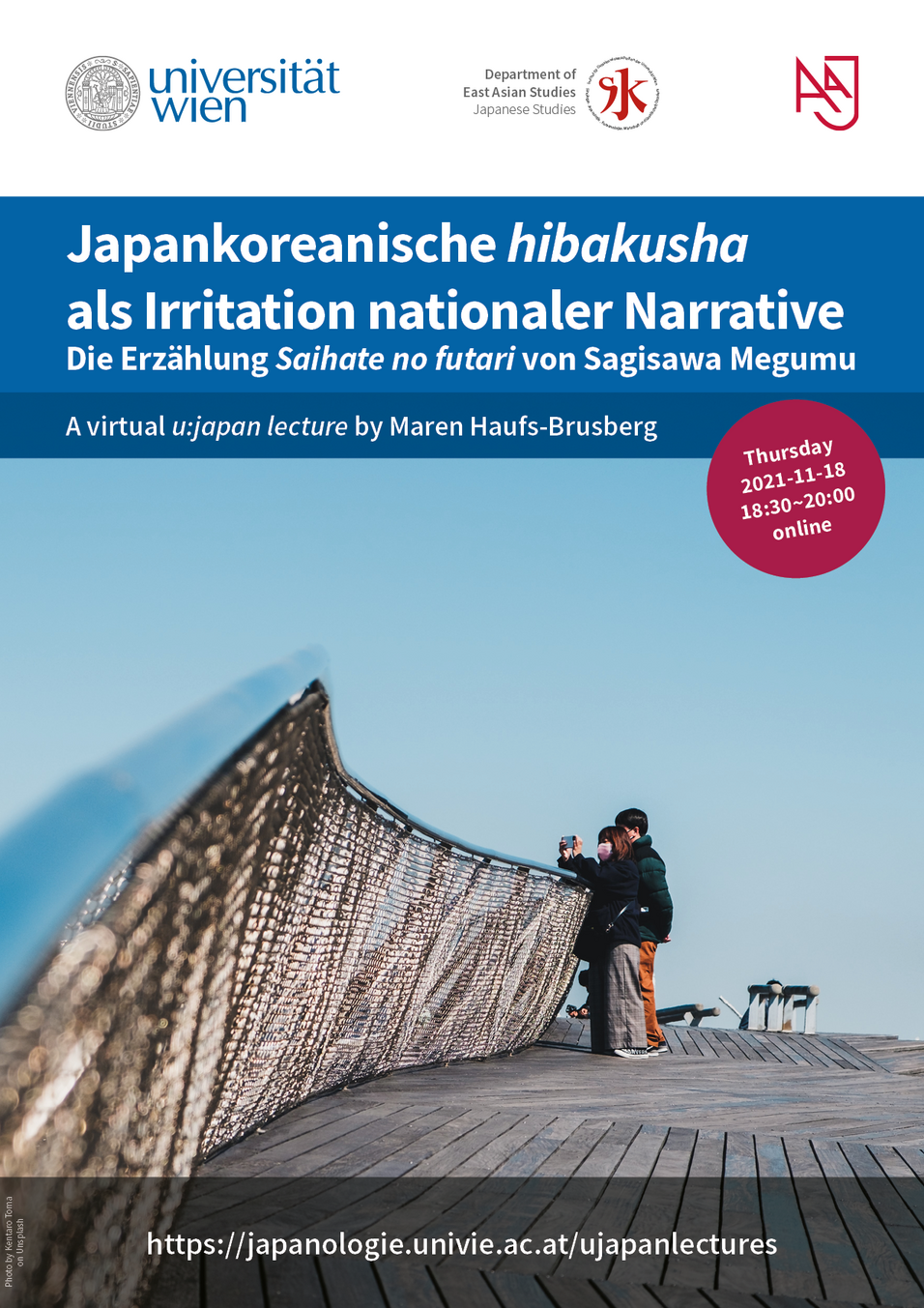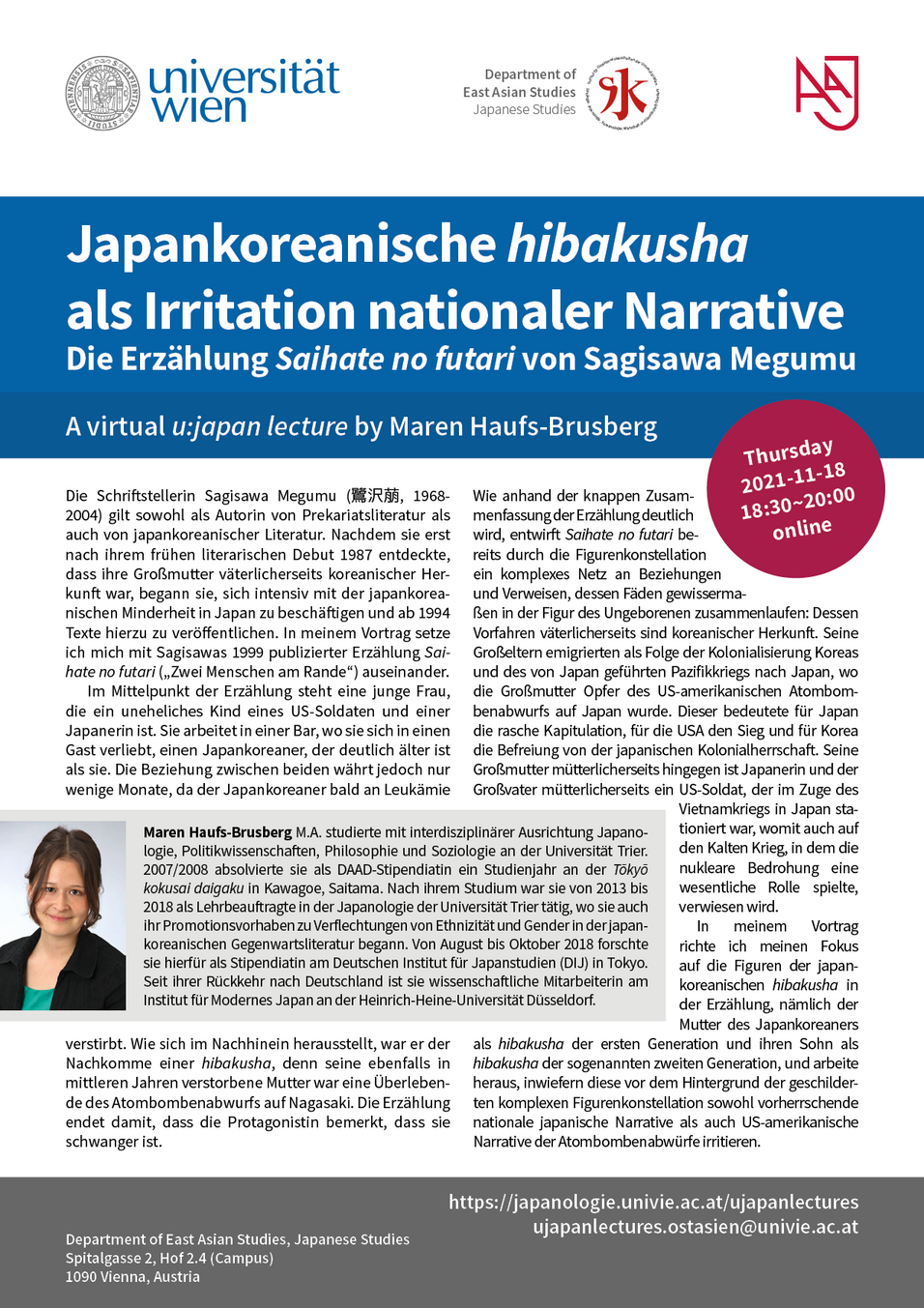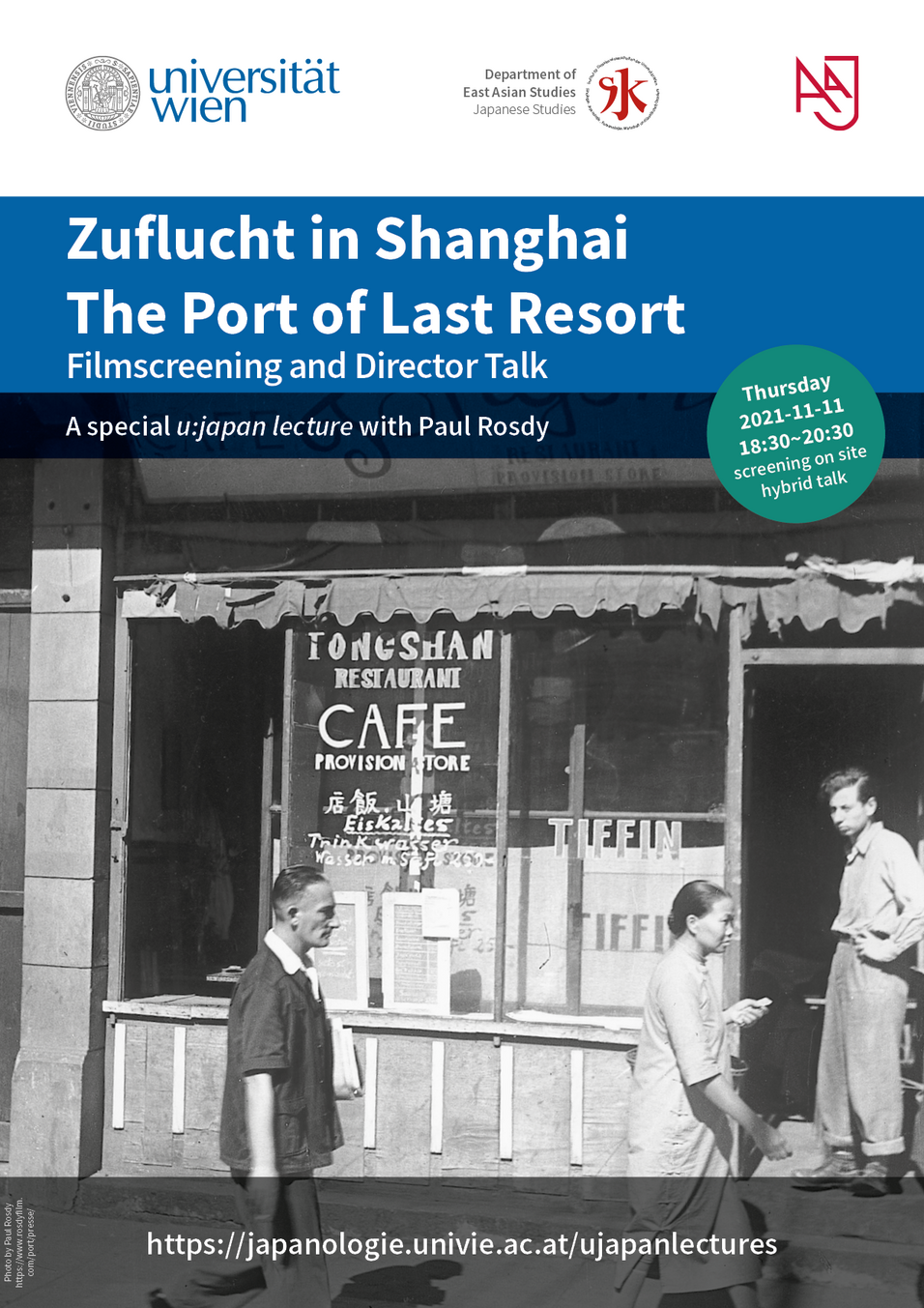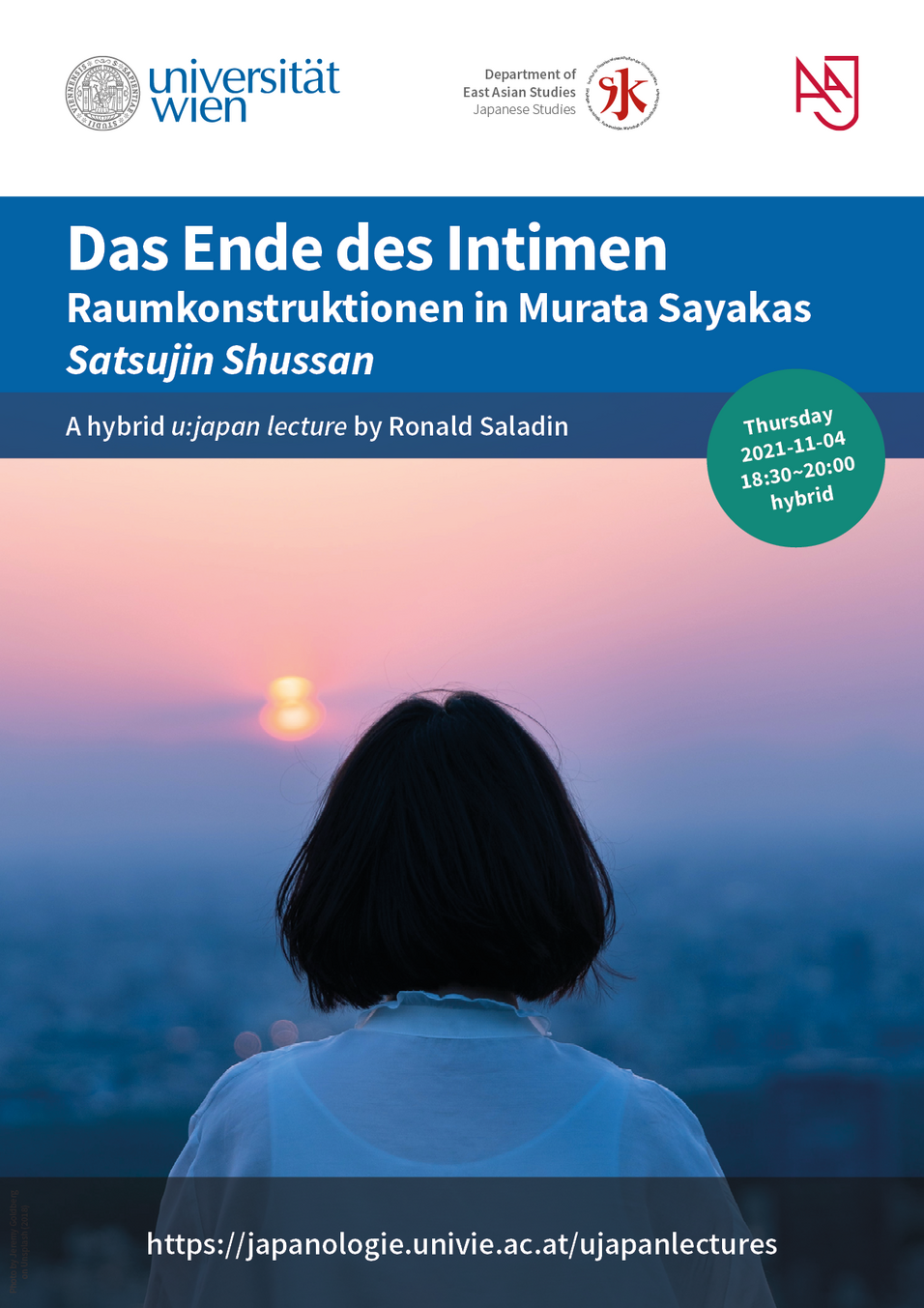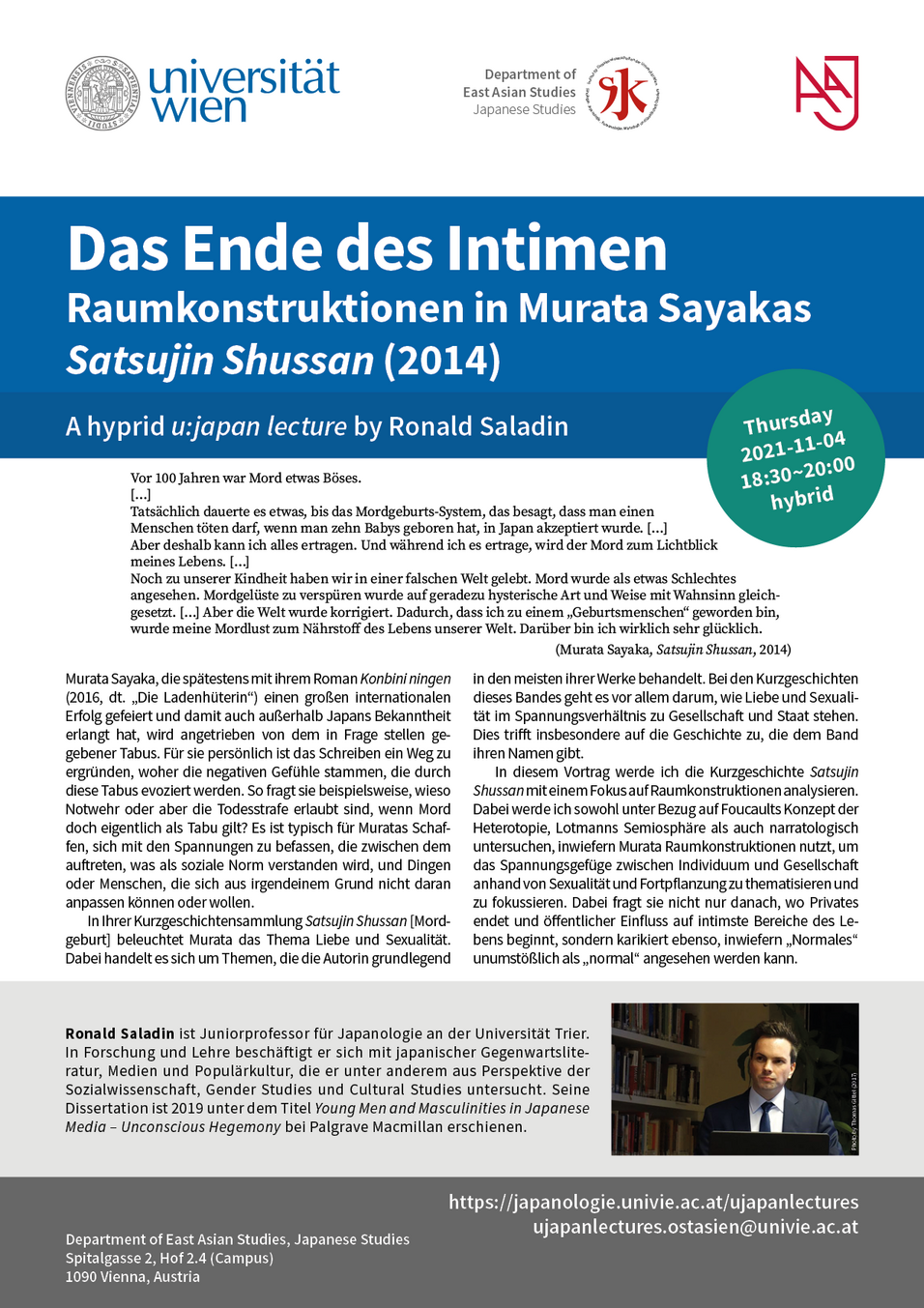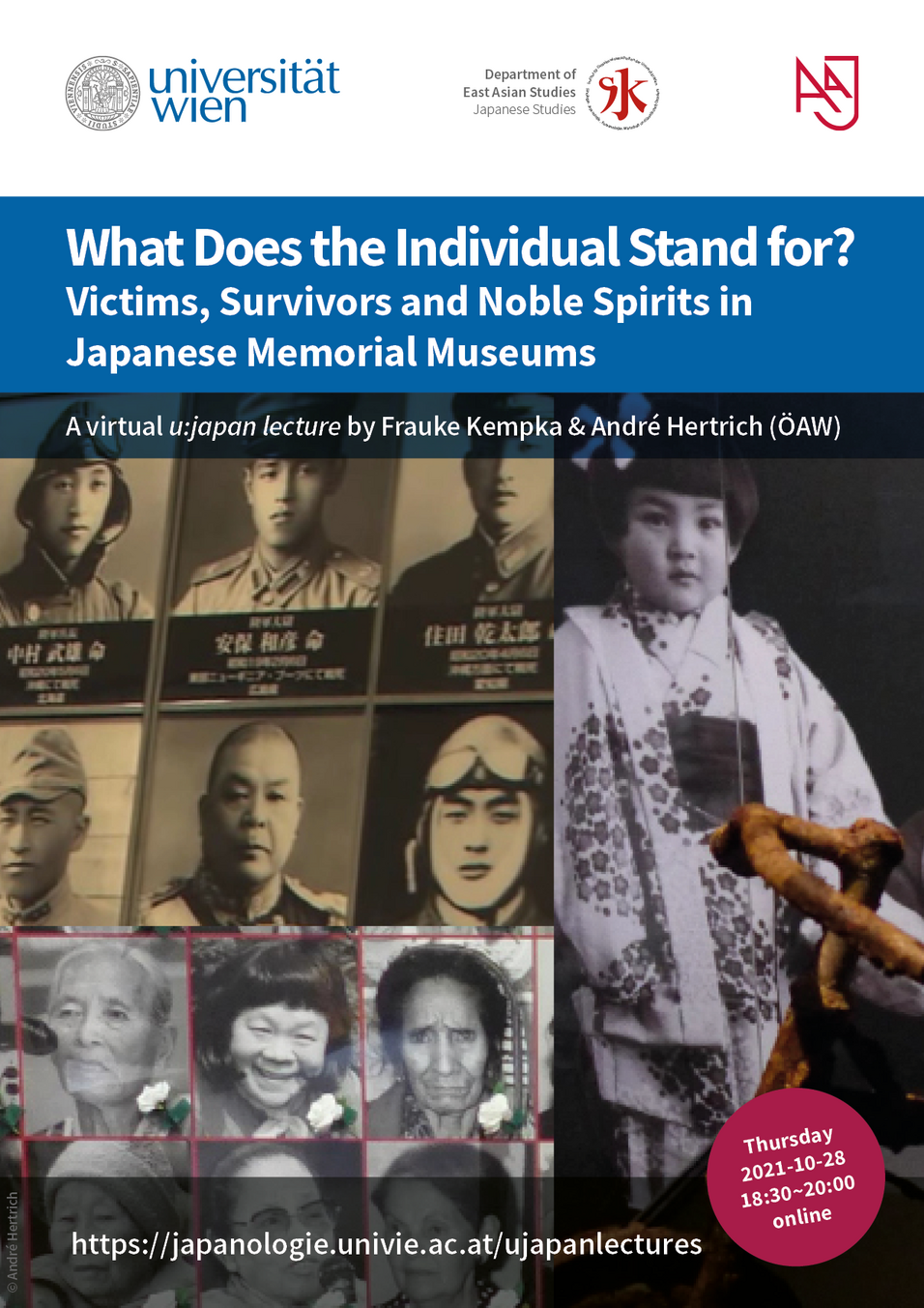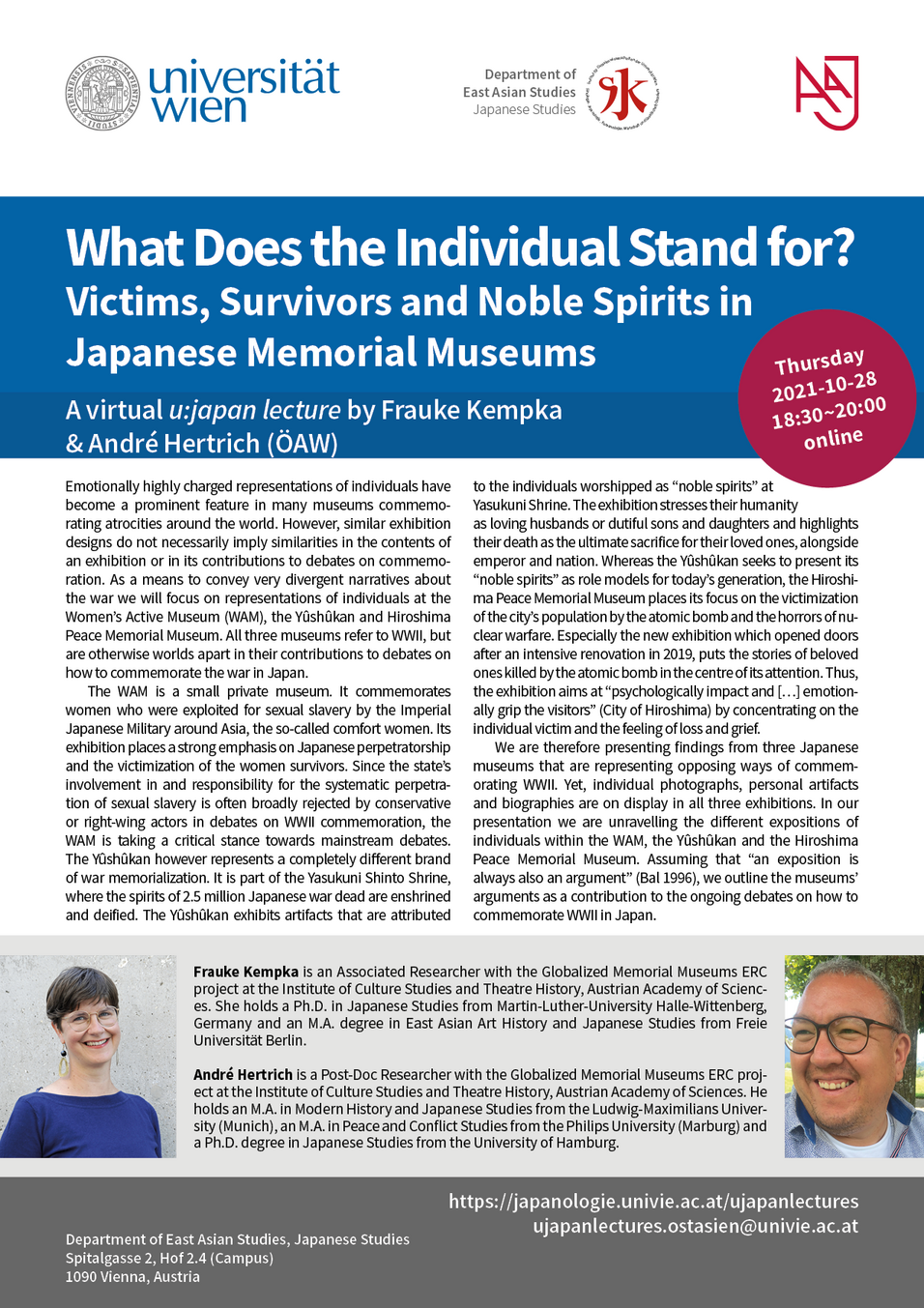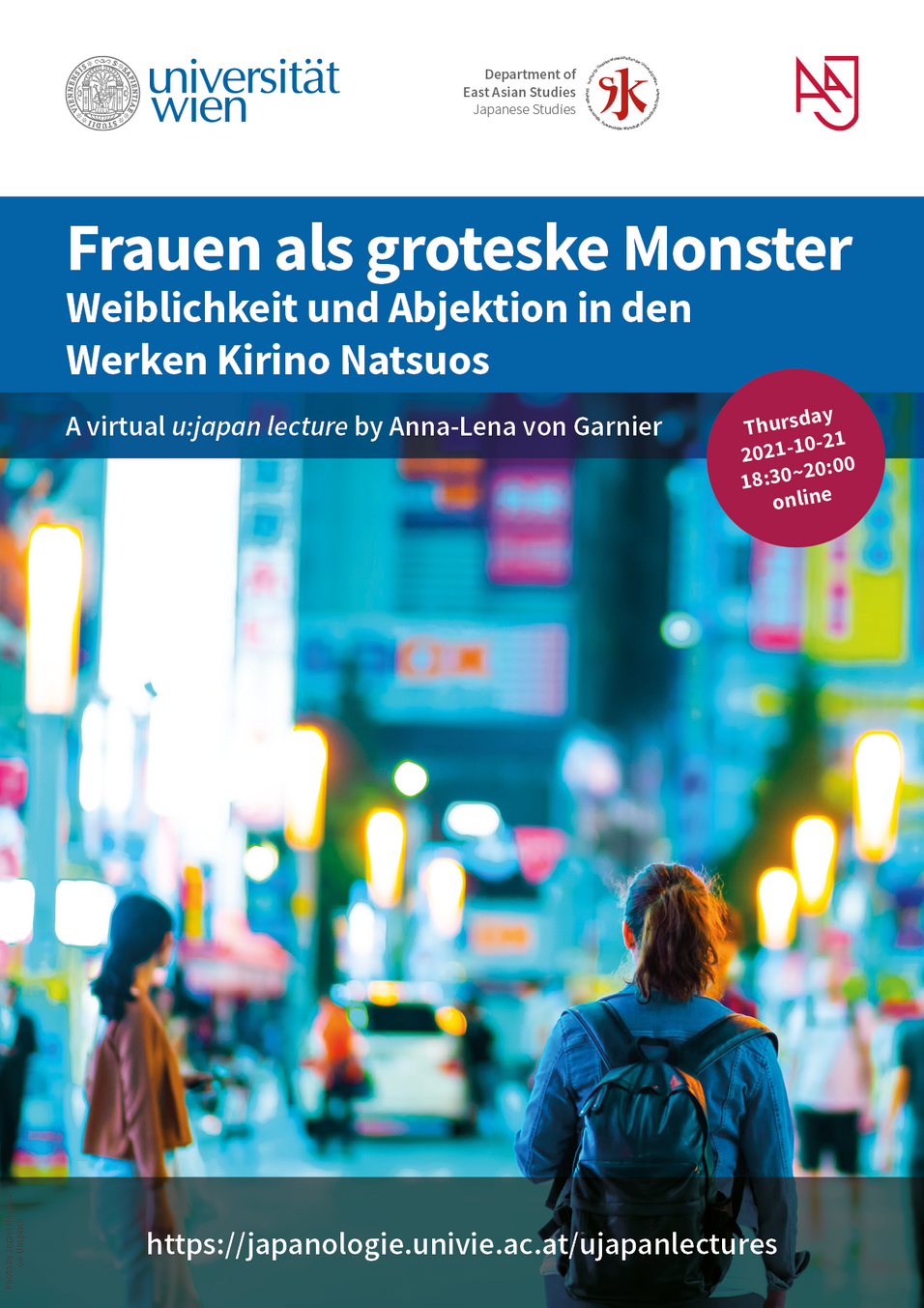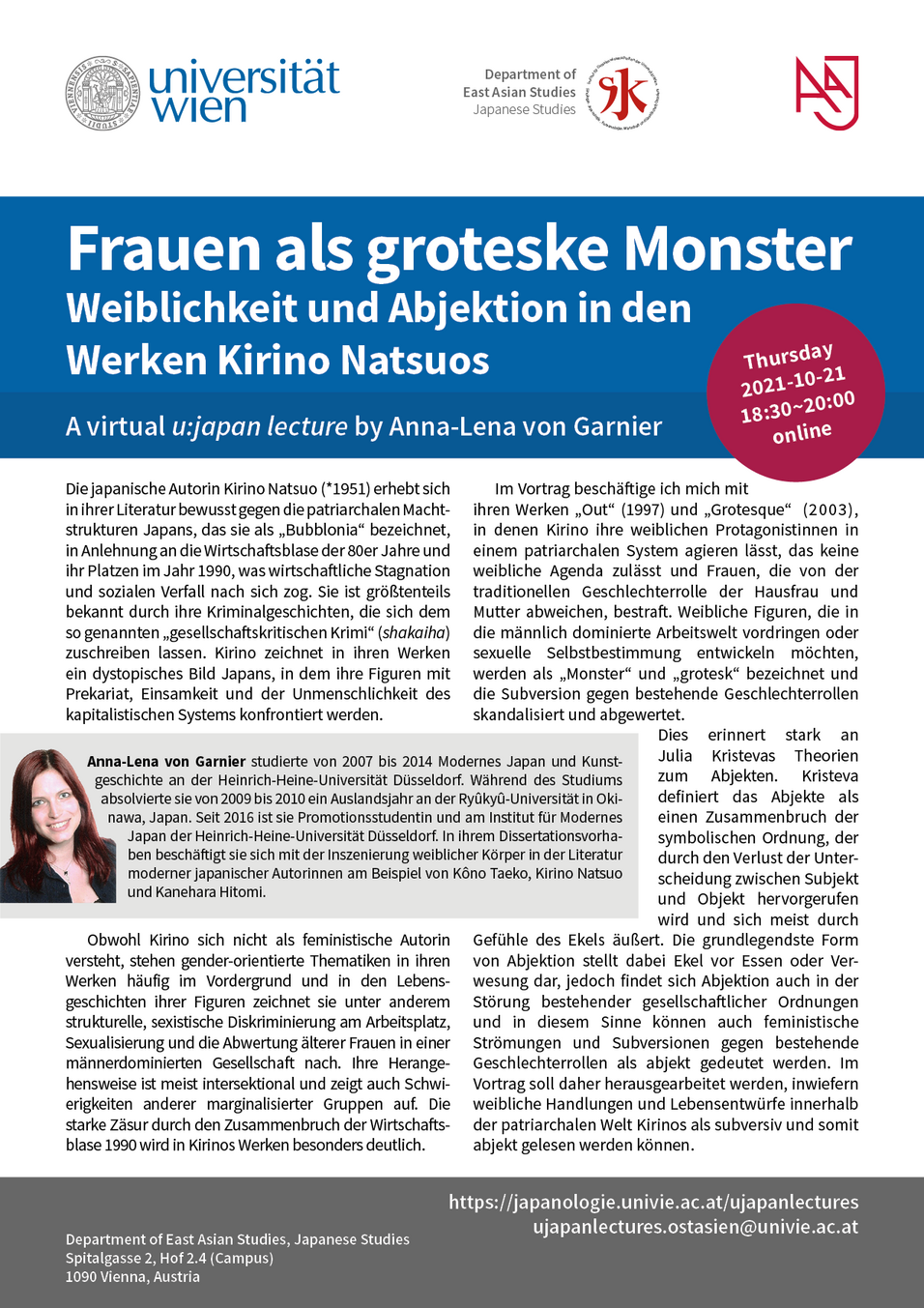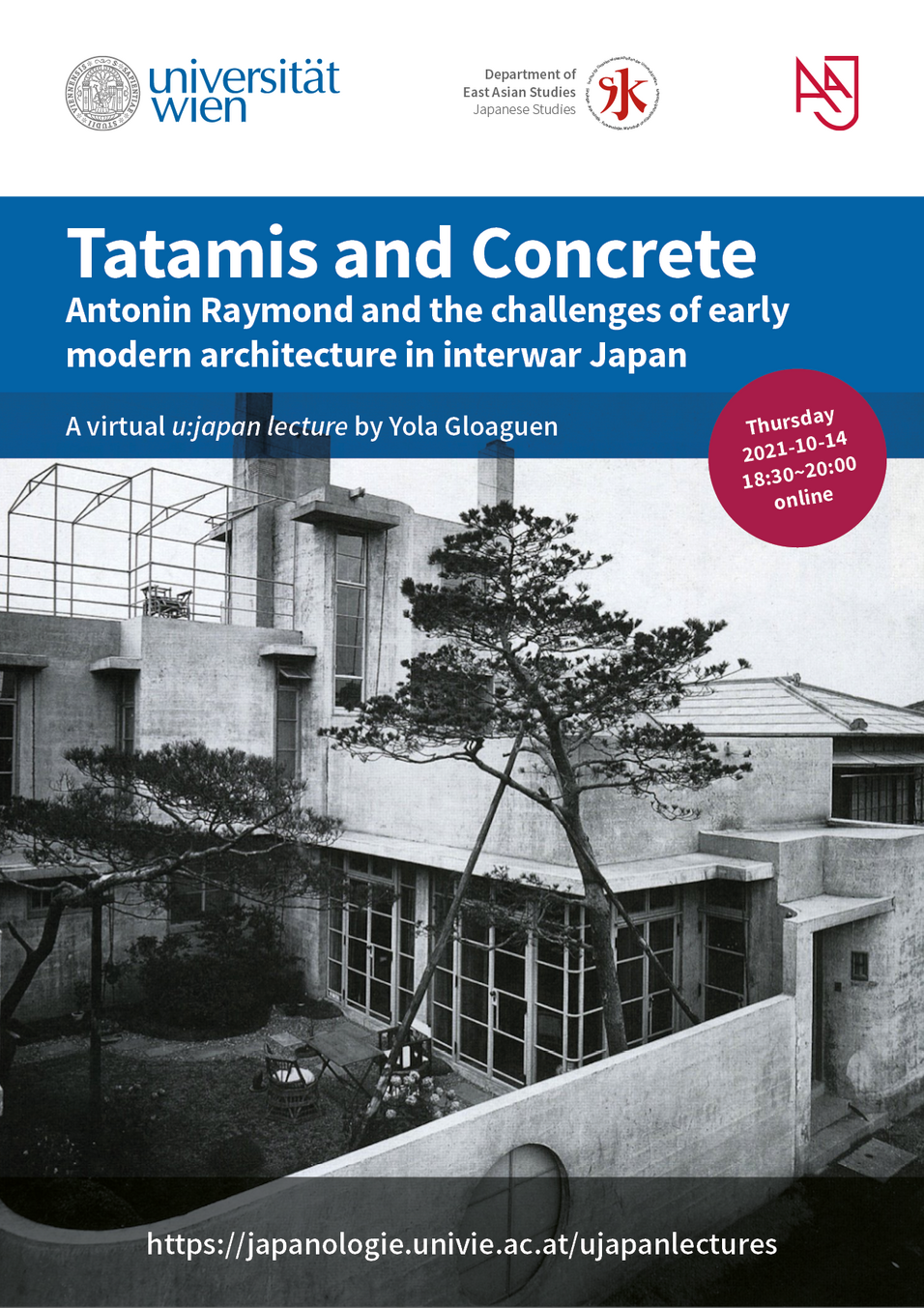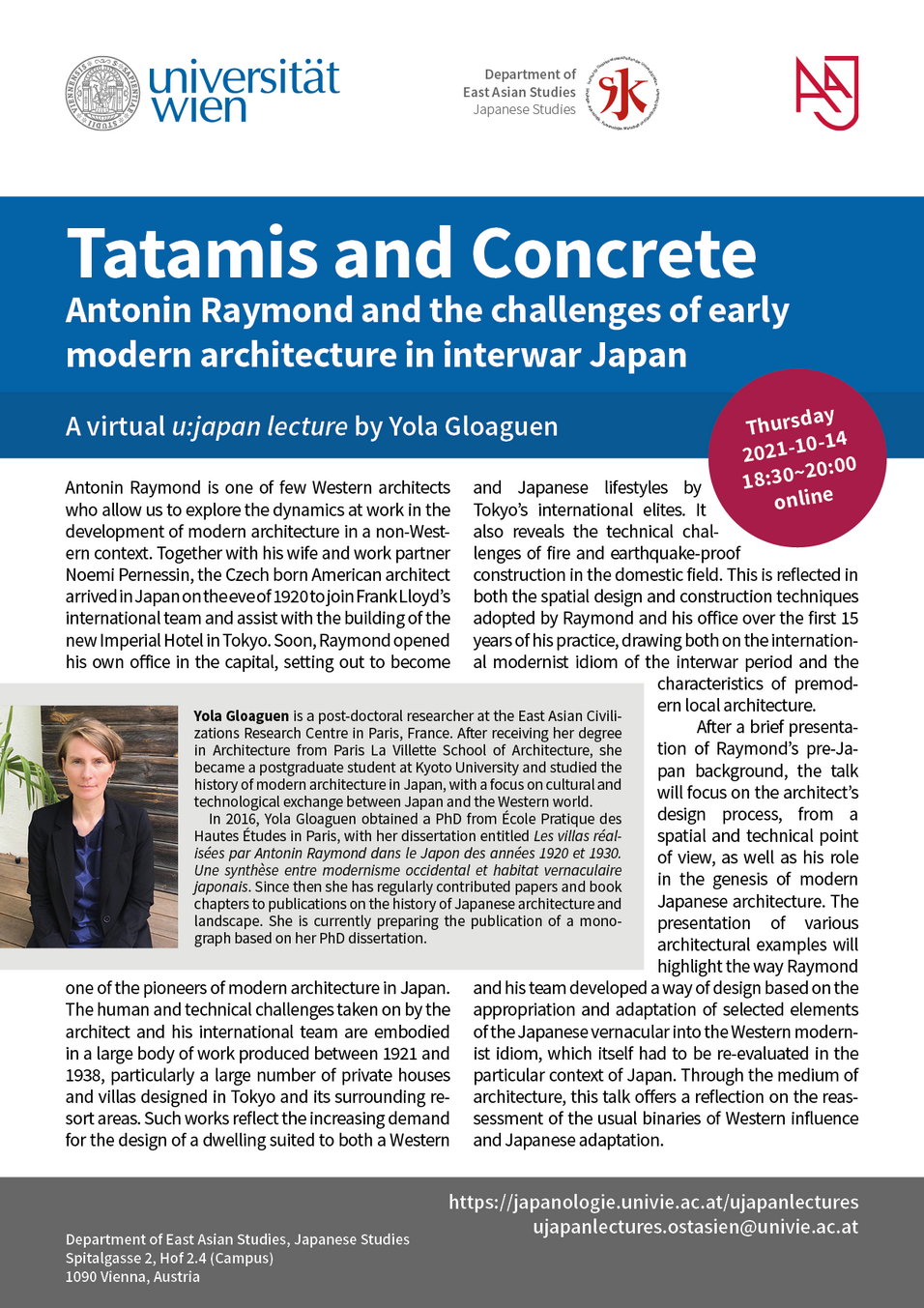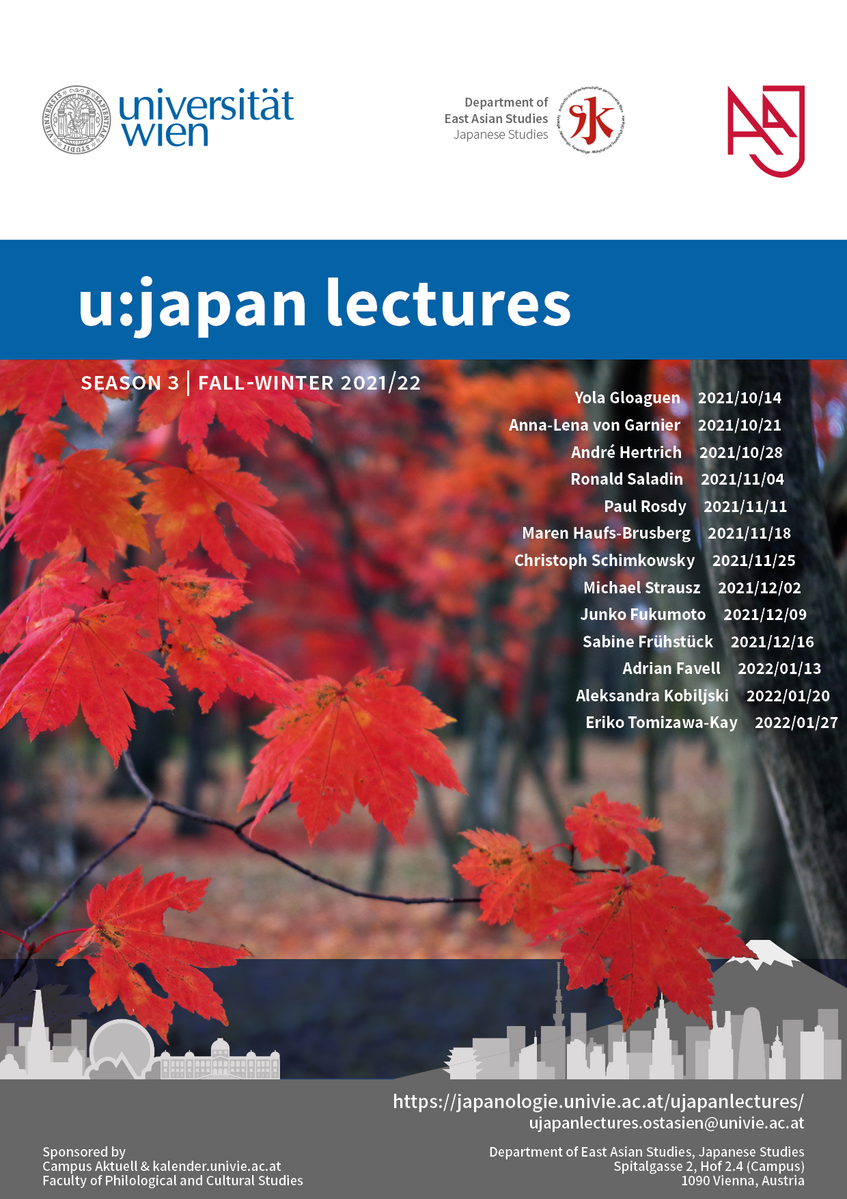| Abstract |
In pre-war Okinawa, while male painters were striving to be recognized and acknowledged by central art circles, with the exception of female students under the tutelage of Okinawan male teachers, opportunities for Okinawan women as artists were extremely limited. The emergence of Okinawan female artists had to wait until the post-war period. This paper discusses the significance of depictions of Okinawan women wearing Ryukyuan apparel - a favourite subject of both Japanese painters and Okinawan male painters during the war emergency period (1930s and 1940s) - in order to elucidate the social complexities of Okinawan women at that time when Okinawa was under the dominion of the Japanese Empire.
This paper examines three issues: first, how the representations of the Okinawan female body were appropriated to express the relationship between subjugated Okinawa and mainland Japan, and justify discrimination against the Okinawan people. Secondly, during the post-war period, how Okinawan female artists establish their careers and identity under the periphery of the nation-states of Japan and the patriarchy in Okinawa. Finally, I discuss contemporary Nihonga, which is also labelled as contemporary Ryukyu painting, painted by female artists in Okinawa. This presentation will also reconsider contemporary Okinawan painting by female painters in relation to both Japanese and East Asian art histories in order to cast a new view of Okinawan painting as the living Traditional Painting, and also Modern Okinawan Painting as a descendant of Ryukyu.
| Bio |
Eriko Tomizawa-Kay is lecturer in Japanese Language and Culture, at School of Politics, Philosophy, Language and Communication Studies, the University of East Anglia. She specializes in modern Japanese art history, particularly nihonga (Japanese style painting):
She is the organizer of 2019 international conference, entitled "Okinawan Art in its Regional Context: Historical Overview and Contemporary Practice". The conference report (Japanese/English) will be available on the website shortly as Sainsbury Institute Occasional Papers 2.
Her publications include ‘Reinventing Localism, Tradition, and Identity: The Role of Modern Okinawan Painting (1630s - 1960s)’ In East Asian Art History in a Transnational Context, edited by Tomizawa-Kay, E. & Watanabe, T. Routledge, 2019.
| Date & Time |
u:japan lecture | s03e13
Thursday 2022-01-27, 18:30~20:00 CET
max. 300 participants
| Plattform & Link |
https://univienna.zoom.us/j/99096686098?pwd=dy9MbUZJOVl3SkVWSkJ1NXdTbVdNUT09
Meeting-ID: 990 9668 6098 | PW: 884788
Instructions and Netiquette (in English and German)
How to join a lecture via Zoom Meeting (in English)
Frequently Asked Questions (in English)
| Further Questions? |
Please contact ujapanlectures.ostasien@univie.ac.at
or visit https://japanologie.univie.ac.at/ujapanlectures/s03#e13


